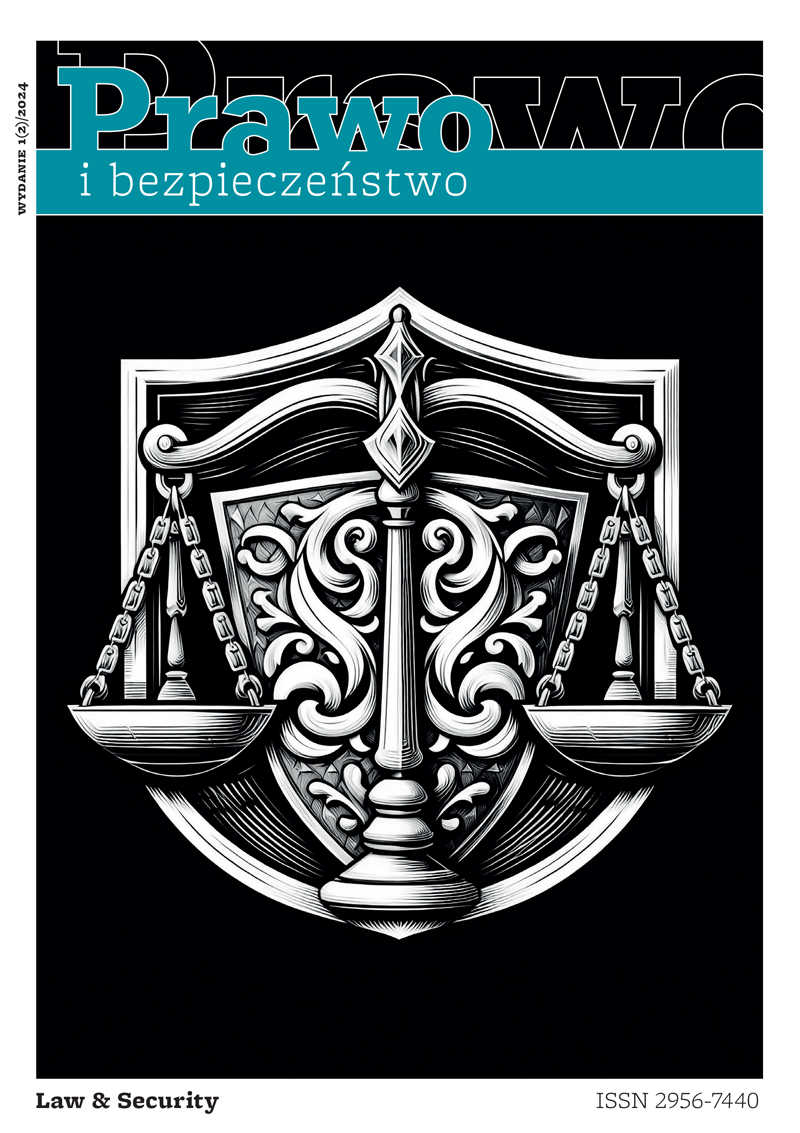NATO wobec polityki militarnej Rosji
NATO towards Russia’s military policy
Author(s): Patryk Ochyra, Marian Macender, Karol ZygoSubject(s): Politics / Political Sciences, Politics, International relations/trade, Security and defense, Military policy, Peace and Conflict Studies
Published by: Wydawnictwo Uniwersytetu Jagiellońskiego
Keywords: NATO; Russian Federation; military power; war; international relations
Summary/Abstract: NATO and Russia have been in a strategic relationship for a long time, which is fraught with tensions and conflicts. Russia’s contemporary military policy, especially after the annexation of Crimea in 2014, raises concerns and requires systematic analysis in the context of NATO’s response. The aim of the article is to present the identification of NATO’s actions towards Russia’s military policy and a comparative analysis of military power. The first part of the publication presents the importance of military power in current conflicts. Next, the Alliance’s attitude towards military operations in Ukraine was described. The final section compares the military strength of both sides in order to understand the dynamics of their relationship and the possible implications for global security. The analysis is based on a set of data on the military potential of NATO and Russia, taking into account aspects such as the number of soldiers, military equipment, defense budgets and other factors determining military strength. The research problem was formulated: Does NATO’s military strength and the attitude towards Russia’s military policy affect global security? According to the research problem, the main research hypothesis was formulated: The military power of Russia and NATO reflects complex international relations and the dynamics of contemporary world politics. Growing tensions and geopolitical uncertainty mean that monitoring and analyzing the military strength of Russia and NATO remains a key element of security policy at the global level. Both quantitative and qualitative research methods were used to solve the research problem and verify the research hypothesis. A critical analysis of the literature and reliable internet sources containing current information in the researched area was carried out, and a quantitative analysis was made based on open sources and qualitative analysis. The synthesis and research methods used allowed for evaluation and drawing conclusions.
Journal: Prawo i Bezpieczeństwo
- Issue Year: 2/2024
- Issue No: 1
- Page Range: 76 - 89
- Page Count: 14
- Language: Polish

